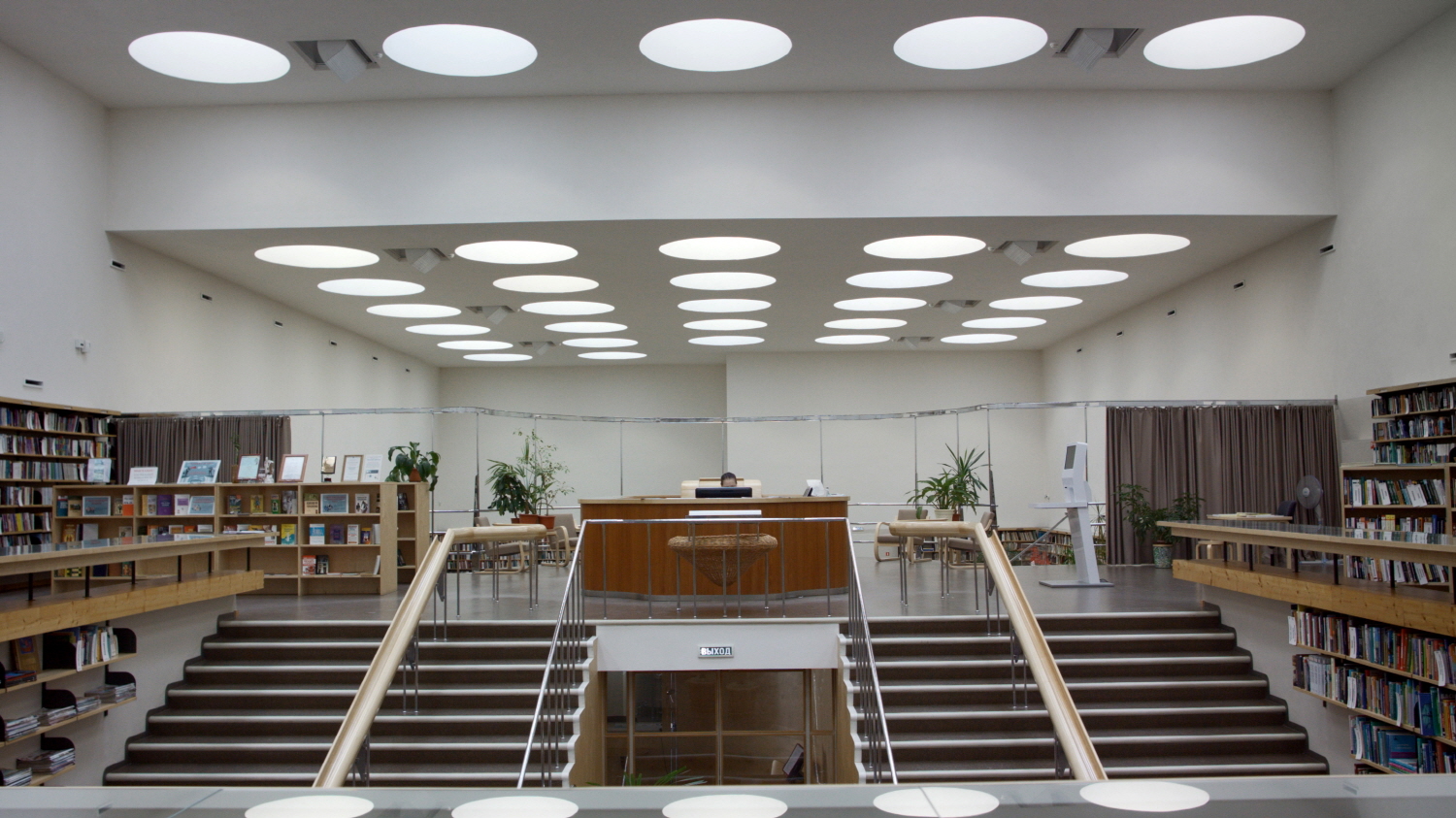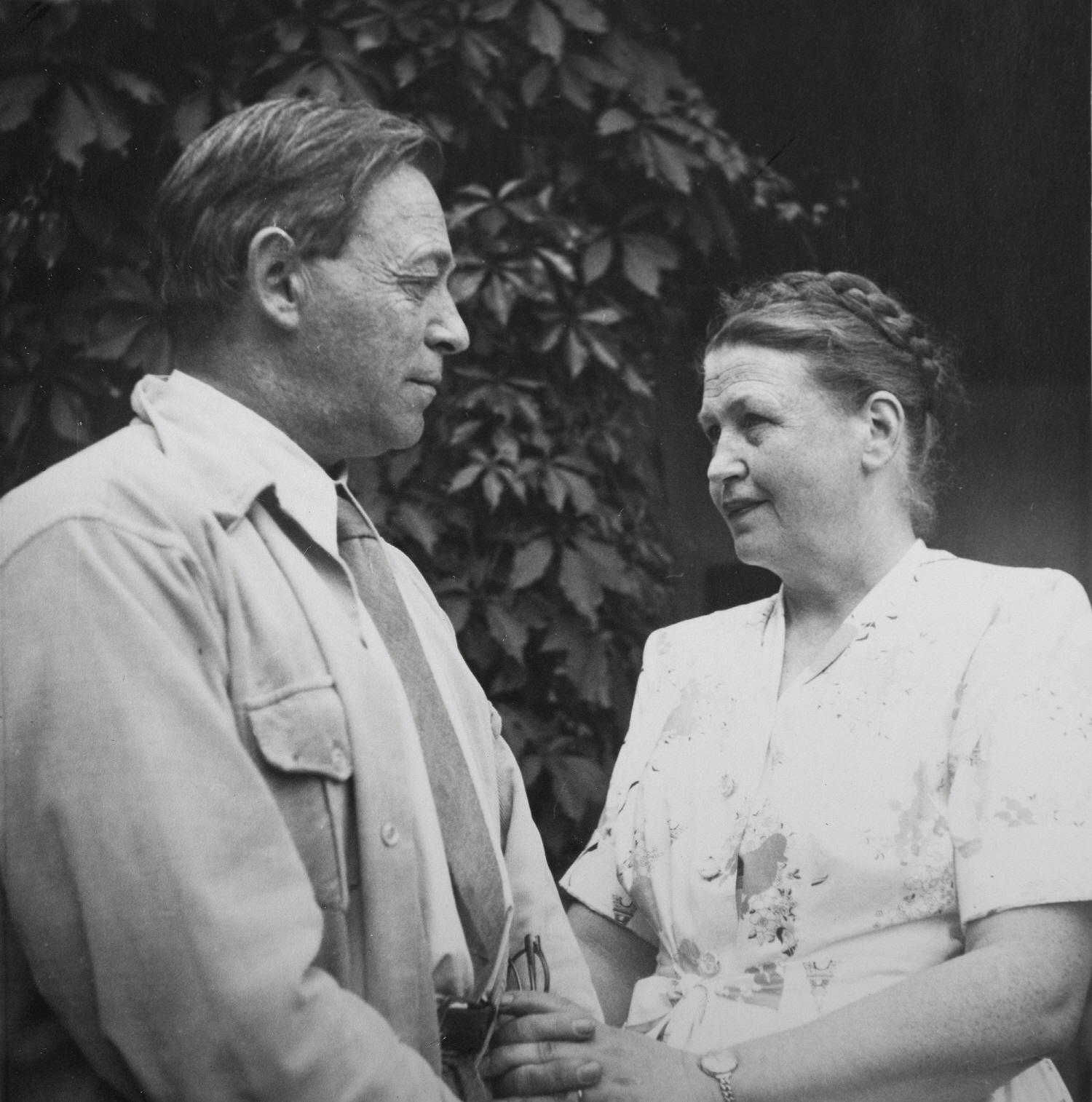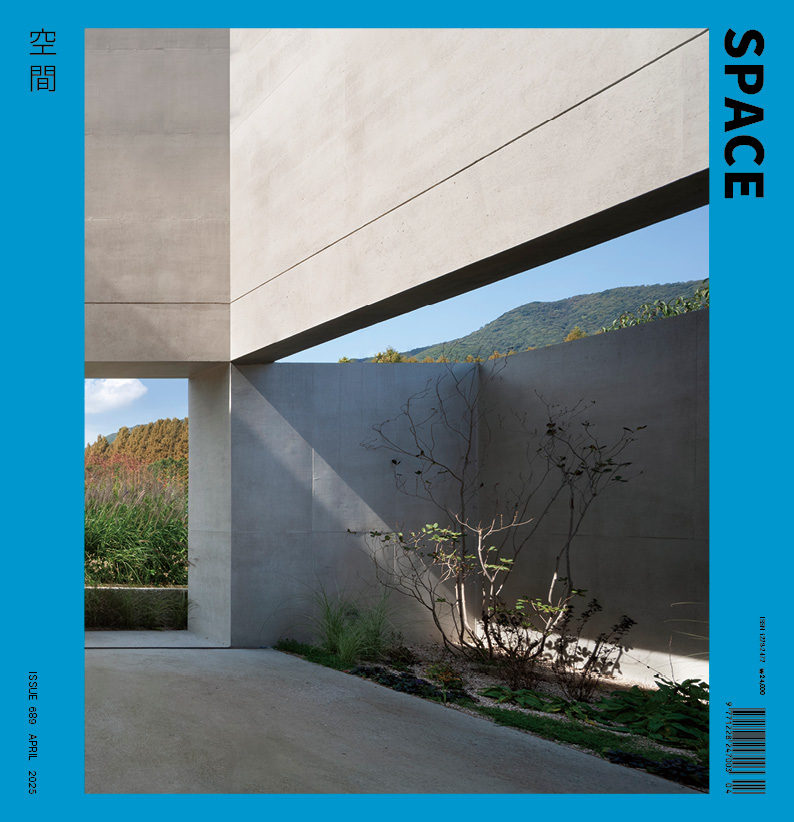SPACE April 2025 (No. 689)

The railing in Vyborg Library hall, from still cut of the film Aalto (2020)

Alvar and Aino Aalto, from still cut of the film Aalto (2020)
In 2025, the National Museum of Modern and Contemporary Art (MMCA) Film and Video is screening its first programme series, ‘Moment of Creation – Artist’s Studio’. Consisting of eight documentary films that explore the creative processes of artists such as Pablo Picasso, Anselm Kiefer, Alvar Aalto, Paik Nam Jun, Annie Ernaux, and Pina Bausch, the programme also offers post-screening talks featuring experts from various fields. On Mar. 7, the film Aalto (2020) was shown, exploring Alvar Aalto’s architectural world through his furniture design, and Park Heechan (principal, Studio Heech) shared his own experiences related to Aalto’s architectural legacy.
The film Aalto follows Alvar Aalto’s life and highlights the moments in which he developed his distinctive design language. Raised by a father who worked as a surveyor in Finland, he already had an outstanding ability to observe his environment and surroundings. After graduating from Helsinki University of Technology, he began his career as a modernist thinker and designer. However, while working on the Paimio Sanatorium project, he was hospitalised and came to fully appreciate the importance of user-oriented architecture. The Paimio Chair, which symbolises Alvar Aalto’s design, was conceived as a therapeutic lounge chair for patients to recline in while on the terrace. Although steel tubing was in vogue at the time, he feared the metal would feel cold and rigid to patients, so he sought a production method that could achieve gentle curvature in wood. Collaborating with local artisans, he developed the Bent Press technique by laminating layers of Finnish birch. This method was applied to the curved legs of Stool 60, a forerunner of the IKEA stool, and later showed up in his signature soft handrail details. On a larger scale, it also appears to have been used for the softly curved, fan-shaped roof of the Church of the Holy Spirit in Wolfsburg, Germany. In this way, his furniture served not only as a conduit for warmth but also as a place for architectural experimentation on a smaller scale.
Meanwhile, the film also illuminates the moments shared by Aalto and his wife and collaborator, Aino Aalto, through her furniture and lighting work. Aino, who was both architect and designer, was deeply involved in Alvar Aalto’s various projects. If he was lively and extroverted, she was calm and created simpler, more restrained forms. The perforations in her pendant lamp AMA 500 later found their way into Alvar Aalto’s Golden Bell lamp, revealing how they influenced each other’s designs. She was also a mother of two and left behind many pieces of furniture with shapes that took into account a child’s lived experience and scale, connecting to the human scale and careful detail found in Alvar Aalto’s architecture. This suggests that both shared a passion for designing spaces with a human touch.
In the subsequent talk, Park Heechan shared his experience sketching and analysing Aalto’s architecture during his travels in Finland. He noted that, similar to the ways Aalto created furniture and lighting to directly experiment with material properties, his own firm, Studio Heech, also works with a ‘maker workshop’ identity. He has been testing ways of using new materials and advanced fabrication technologies in architecture, and has recently been running a café equipped with his own lighting and furniture to observe how people interact with design. This Film and Video programme continues until May 24, and, beginning in Apr., there will be additional documentary screenings and talks on literature, dance, and music.





